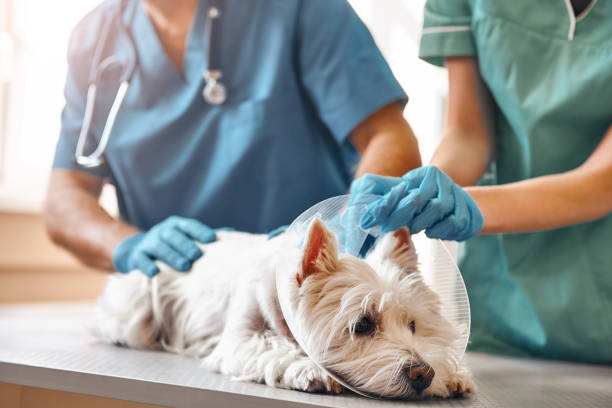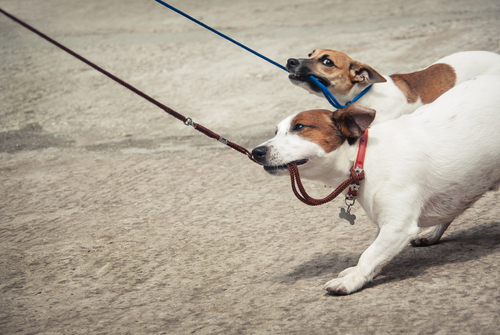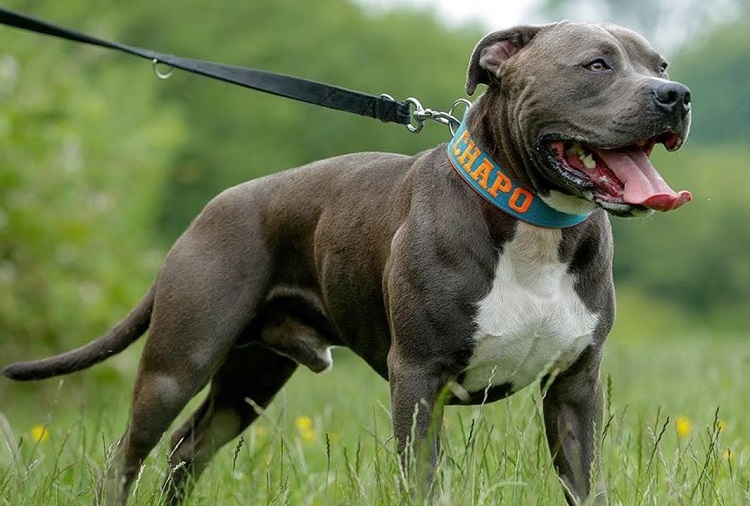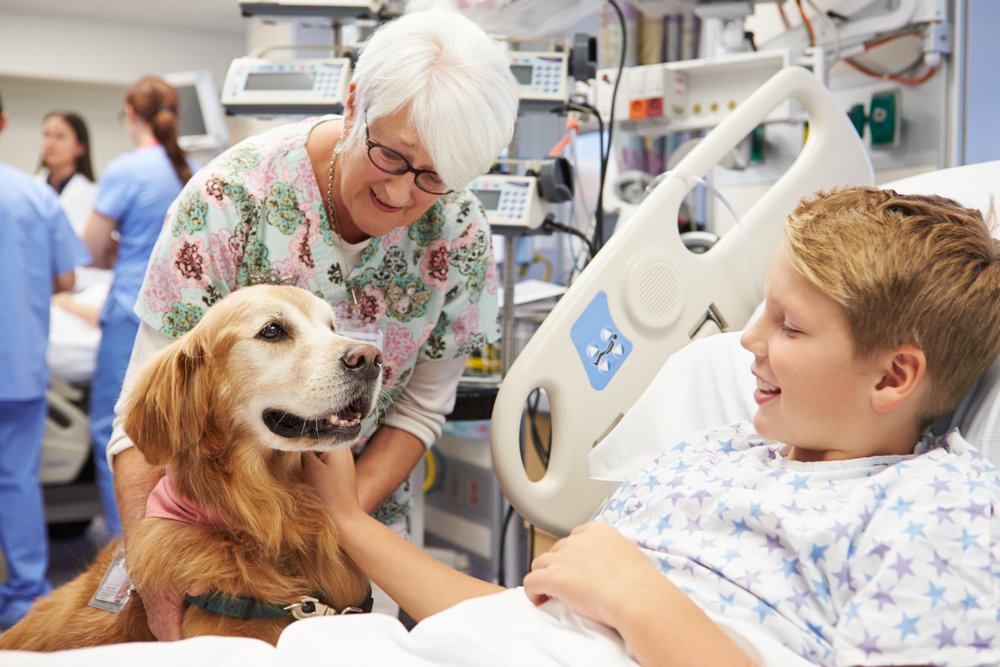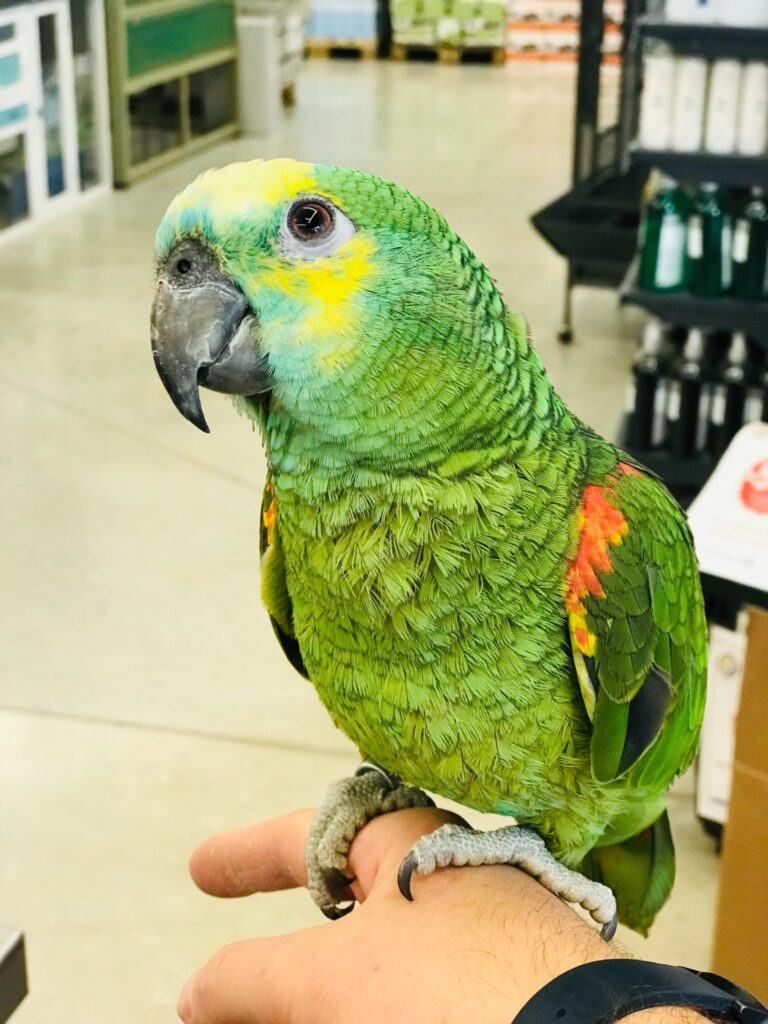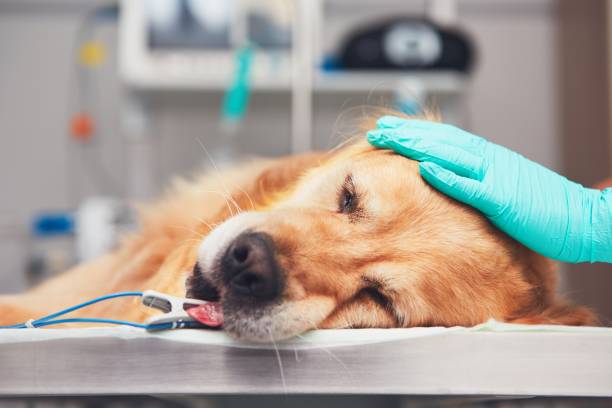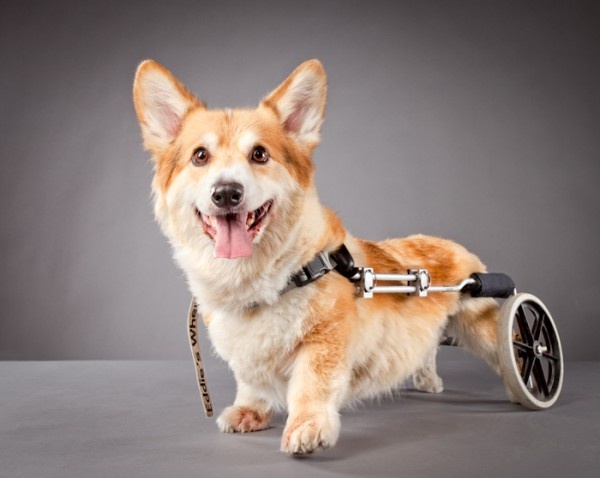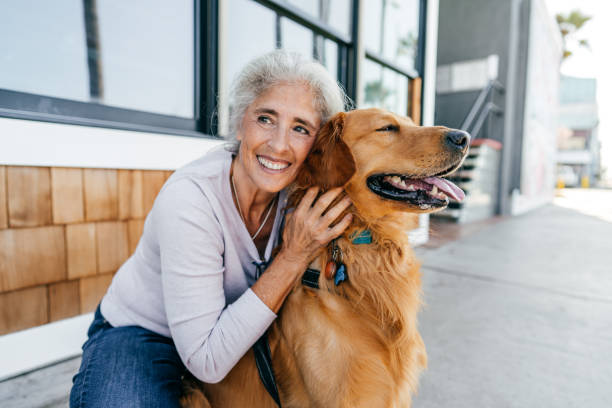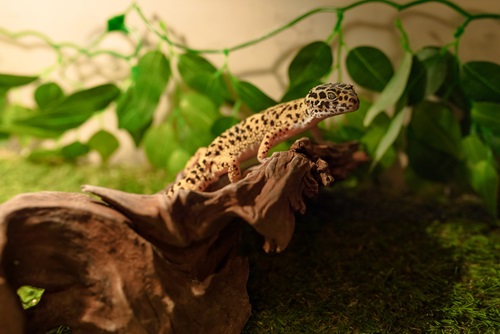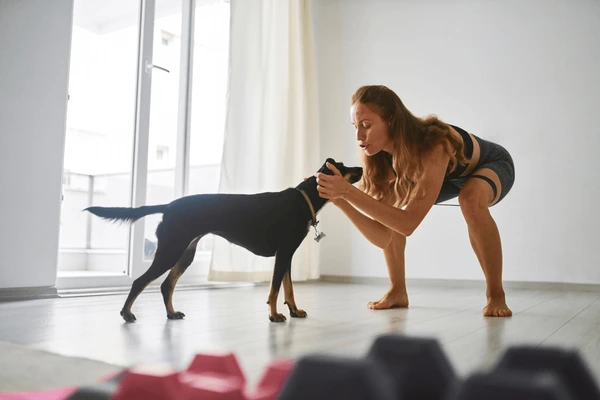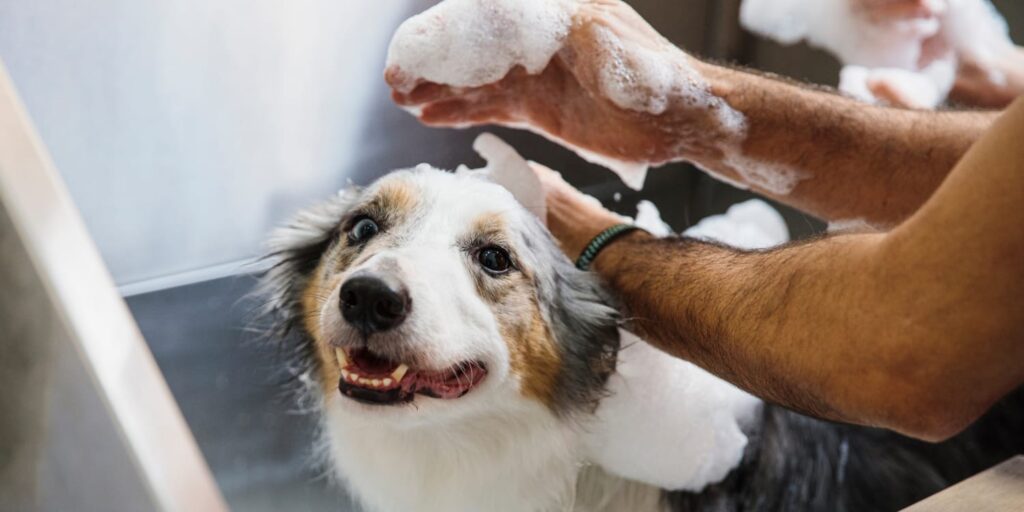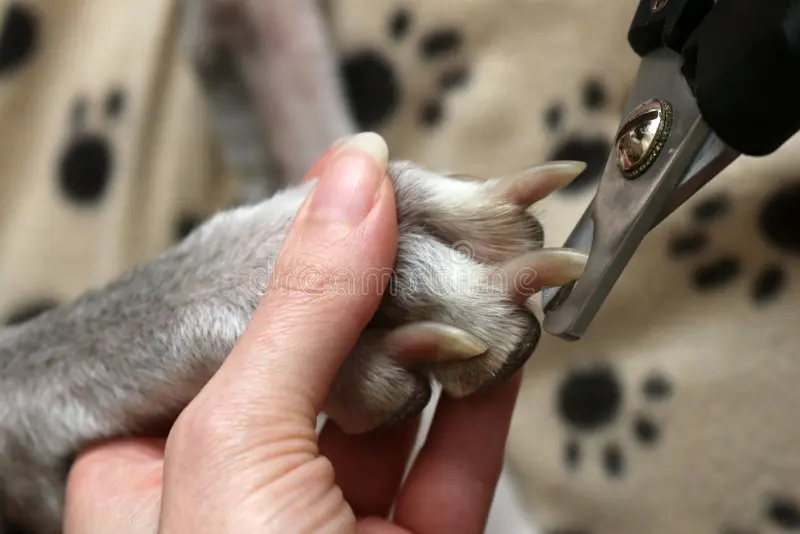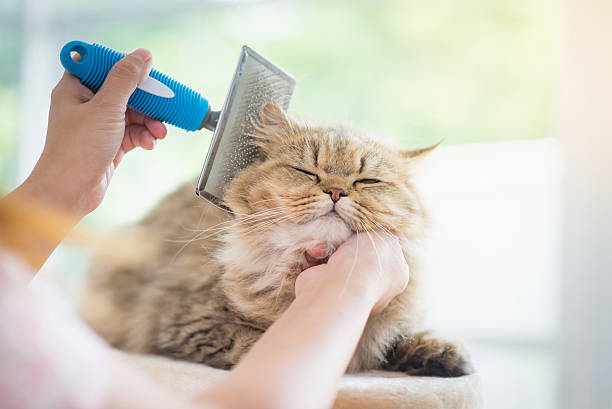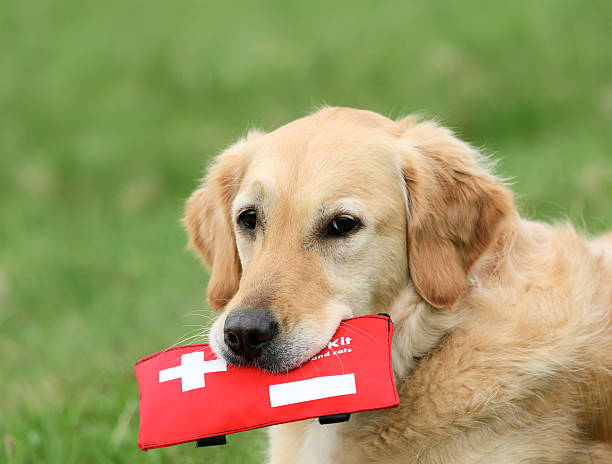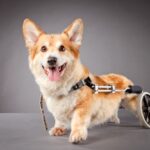Assistive Devices for Special Needs Pets
Welcoming a special needs pet into your family can be a rewarding experience, but it also comes with unique challenges. Fortunately, advances in veterinary medicine and technology have made it possible to improve the quality of life for pets with mobility issues through the use of assistive devices such as wheelchairs, ramps, and prosthetics. In this guide, we’ll explore the various types of assistive devices available for special needs pets and how they can help enhance mobility and independence.
Understanding the Needs of Special Needs Pets
Identifying Special Needs
Special needs pets may require accommodations due to conditions such as paralysis, amputation, arthritis, or neurological disorders. It’s essential to identify your pet’s specific needs and work with your veterinarian to develop a comprehensive care plan.
Common Challenges
Pets with mobility issues face challenges such as difficulty walking, climbing stairs, or accessing elevated surfaces. These challenges can impact their quality of life and require special attention and support from their owners.
Wheelchairs for Mobility Support
Types of Wheelchairs
Wheelchairs for pets come in various designs, including rear support wheelchairs for hind limb weakness, front support wheelchairs for forelimb issues, and full-body support wheelchairs for pets with weakness in all limbs.
Benefits of Using Wheelchairs
Wheelchairs provide support and stability, allowing pets to maintain an active lifestyle despite mobility limitations. They help pets exercise, explore their environment, and engage in social interactions with other animals and humans.
Considerations When Choosing a Wheelchair
When selecting a wheelchair for your pet, consider factors such as size, weight, adjustability, and ease of use. It’s essential to choose a wheelchair that fits your pet comfortably and provides adequate support without causing discomfort or restricting movement.
Ramps for Accessibility
Types of Ramps
Ramps for pets come in various styles, including folding ramps, telescoping ramps, and permanent ramps. Each type of ramp offers unique features and benefits depending on your pet’s needs and your home environment.
Advantages of Ramps
Ramps provide pets with a safe and gradual incline to access elevated surfaces such as cars, beds, couches, or stairs. They reduce strain on joints and muscles and help prevent injuries caused by jumping or climbing.
Factors to Consider When Installing Ramps
When installing ramps in your home, consider factors such as slope, surface material, and stability. It’s crucial to choose a ramp with a gentle incline and non-slip surface to ensure your pet can navigate it safely and confidently.
Prosthetics for Enhanced Mobility
Types of Prosthetics
Prosthetics for pets are custom-made devices designed to replace or support missing or injured limbs. They come in various designs, including full limb prosthetics, partial limb prosthetics, and joint braces.
Benefits of Prosthetics
Prosthetics can significantly improve a pet’s mobility and quality of life by restoring balance, stability, and function to affected limbs. They enable pets to walk, run, and play more comfortably and confidently.
Important Considerations When Using Prosthetics
Before using prosthetics for your pet, it’s essential to consult with a veterinary orthopedic specialist to ensure proper fitting and functionality. Prosthetics should be lightweight, durable, and comfortable for your pet to wear for extended periods.
Other Assistive Devices and Accessories
In addition to wheelchairs, ramps, and prosthetics, there are other assistive devices and accessories available to help special needs pets navigate their environment comfortably and safely.
Slings and Harnesses
Slings and harnesses provide extra support and stability for pets with weakness or balance issues. They can assist with standing, walking, and climbing stairs, allowing pets to move more freely and confidently.
Orthopedic Beds and Mats
Orthopedic beds and mats offer cushioning and support for pets with joint pain or arthritis. They help relieve pressure points, reduce discomfort, and promote restful sleep.
Elevated Food and Water Bowls
Elevated food and water bowls are designed to reduce strain on a pet’s neck and spine while eating and drinking. They are especially beneficial for pets with mobility issues or arthritis.
How to Choose the Right Assistive Device
When choosing an assistive device for your special needs pet, it’s essential to consider several factors to ensure the device meets your pet’s specific needs and preferences.
Assessing Your Pet’s Needs
Evaluate your pet’s mobility, strength, size, and comfort level to determine which type of assistive device would be most beneficial. Consider your pet’s daily activities and environment to choose a device that enhances their quality of life.
Consulting with a Veterinarian
Consult with your veterinarian or a veterinary specialist to discuss your pet’s condition and treatment options. They can provide valuable insights and recommendations based on your pet’s medical history, physical examination, and diagnostic tests.
Considering Your Pet’s Comfort and Safety
Prioritize your pet’s comfort and safety when selecting an assistive device. Choose devices that fit properly, provide adequate support, and allow your pet to move naturally and comfortably. Monitor your pet’s response to the device and make adjustments as needed to ensure a positive experience.
Conclusion
Assistive devices such as wheelchairs, ramps, and prosthetics play a crucial role in enhancing the quality of life for special needs pets. By understanding your pet’s unique needs, selecting the right assistive device, and providing proper care and support, you can help your furry friend enjoy a happy, active, and fulfilling life.




